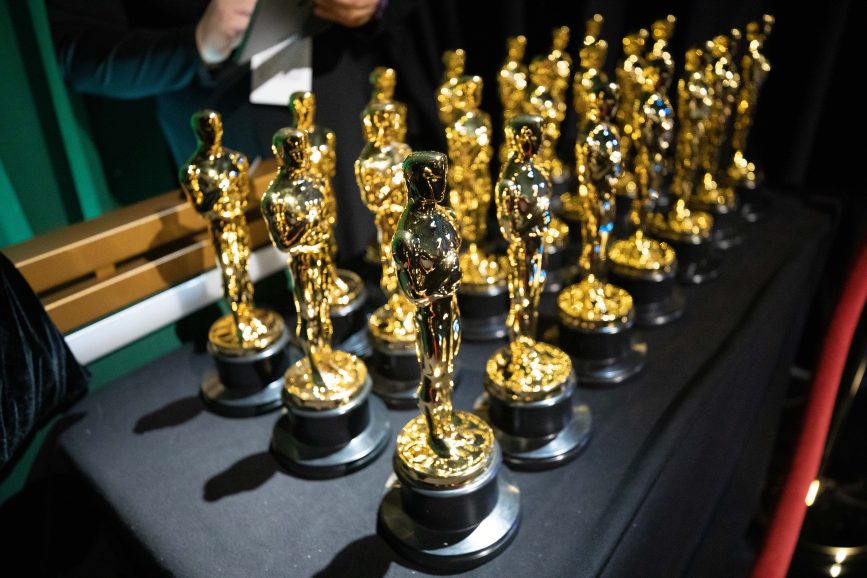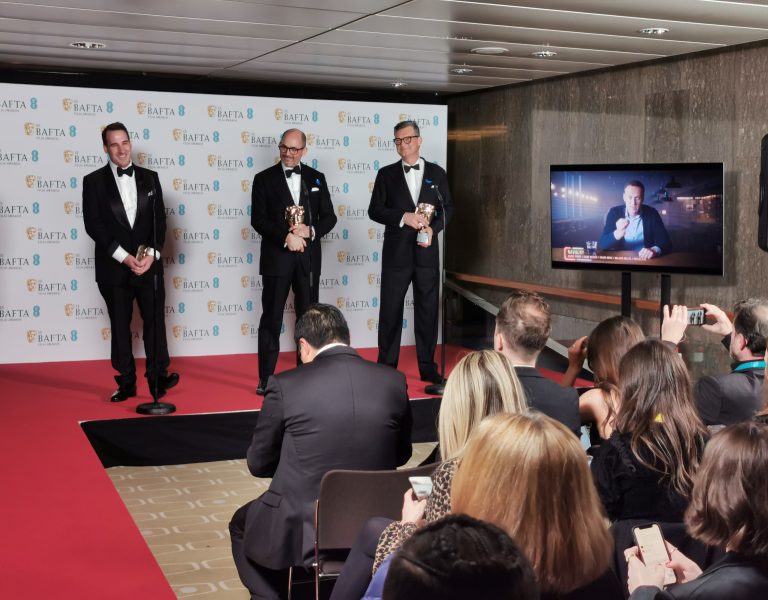STYLE AND SUBSTANCE
All Quiet on the Western Front’s James Friend ASC BSC topped off an awards season to remember with the Oscar for Best Cinematography. Head behind the scenes of the cinematic splendour of the 95th awards to hear from the winning filmmakers.
It wasn’t that anyone was surprised James Friend ASC BSC ultimately won the cinematography Oscar for his riveting, harrowing, work on All Quiet on the Western Front. He’d already won a BAFTA, and earlier, his operator, Daniel Bishop SOC Assoc. BSC ACO had prevailed at the SOC’s own awards for “camera operator of the year” on the feature film side.
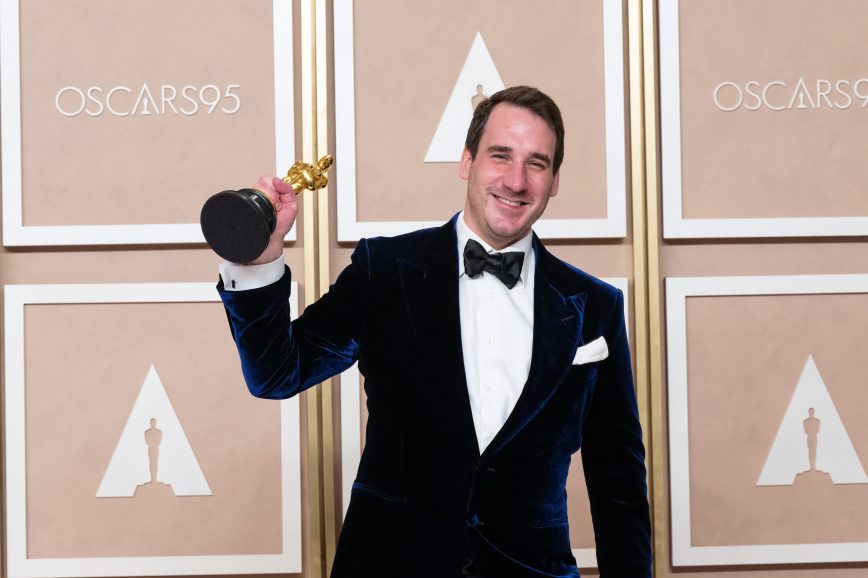
At the time, Bishop had said that “doing a war movie takes its toll, in its own way”, an idea that Friend would pick up on, a couple of weeks later, in the very same room. For indeed, the Society of Camera Operators held its annual awards in the Loews Hollywood ballroom, which the Academy would shortly convert to the backstage “interview room”, where gowned and tuxedoed Oscar-night winners would amble down the hallway from the Dolby Theatre for their Q&As with the also dressed-up press.
And it was there, early in the evening, that Guillermo del Toro was answering questions with co-director Mark Gustafson, after their Pinocchio copped the prize for best animated feature. He was praising Mexico’s blossoming stop motion animation scene, while relating a rather horrific story about DP Guillermo Navarro AMC ASC, who’d won an Oscar for Pan’s Labyrinth. Navarro later approached an agent who said to him, “’Why do I want a Mexican? I have a gardener.’” To the gasps around the room, del Toro continued that in the film business there was still “a lot of open and subtle racism – and there is a glass ceiling. There is. And you have to keep pushing it all the time. It doesn’t end with one generation. It doesn’t end with one person. Again, together, you push that limit more and more and create opportunity.”
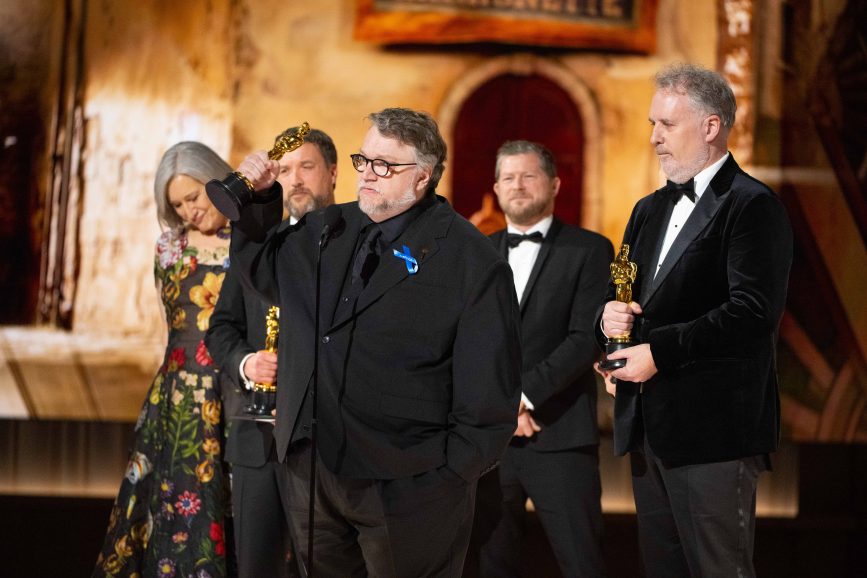
That was, of course, one of the evening’s big themes. Indeed, when Michelle Yeoh eventually found her way backstage, acting statue in hand for this year’s Best Picture winner, Everything Everywhere All At Once, she said, “Tonight we freaking broke that glass ceiling. I Kung Fu’d it out and shattered it, and we need this because there are so many who felt unseen, unheard.”
Ironically, del Toro’s comments came just as, out front, Mandy Walker AM ASC ACS was unable to replicate her ASC win for her vivid work on Elvis, to become the first woman ever to win a cinematography Oscar.
Additional history was made at the Oscars, however, by costume designer Ruth E. Carter, who became the first African-American woman ever to win a second Oscar, for her work on Black Panther: Wakanda Forever. “I started, you know, in a single‑parent household. I wanted to be a costume designer,” she recounted. “I studied, I scraped, I dealt with adversity in the industry that sometimes didn’t look like me. I feel that this win opens the door for other young costume designers that may not think that this industry is for them. And hopefully they will see me… and they will think that they can win an Oscar too.”
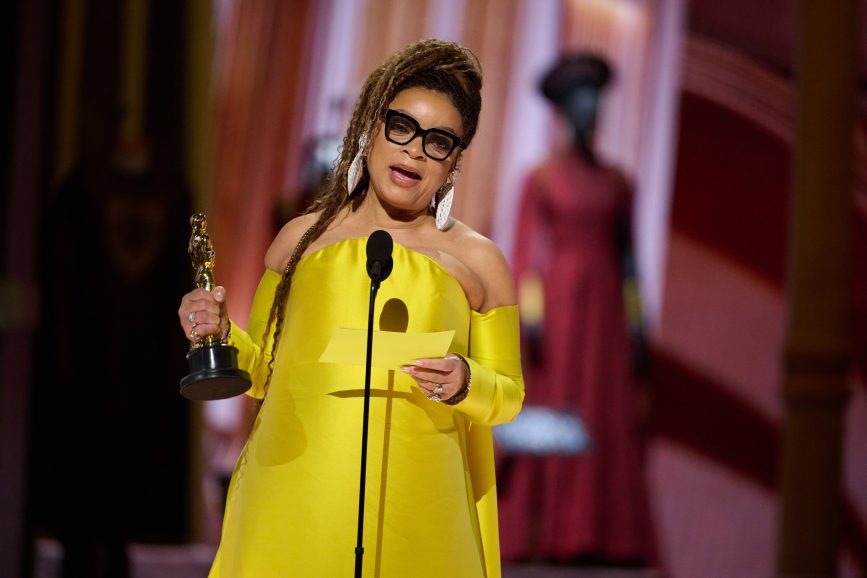
Friend, meanwhile, mentioned he was “a bit overwhelmed, as you can imagine,” as he echoed the genuine surprise and gratitude that were palpable in the media room throughout the evening.
We asked what approach he took to developing a “look” for the movie, since World War I has the least visual documentation of any of the copious wars and conflagrations which followed. He answered that the original “novel was everything, to be perfectly honest, and the script – we built it upon that.” But he also picked up on Bishop’s earlier comments about the effects of working on a war film, saying such imagery “should not feel beautiful. It should feel horrific,” mentioning the story was also “really it’s a horror movie, as far as photography is concerned, (though), I think, yeah, we dug up some World War I photographs.” But again, he emphasised they didn’t look at those for the “photochemical aspect,” of recreating a period palette, but rather, for “the horror aspect.”
He was also quick to praise the other nominated DPs, like TÁR’s Florian Hoffmeister, who’d been a mentor, and who’d won his own cinematography award a week before at the Independent Spirit Awards. Friend also thanked All Quiet’s director, Edward Berger, and winning production designer Christian M. Goldbeck.
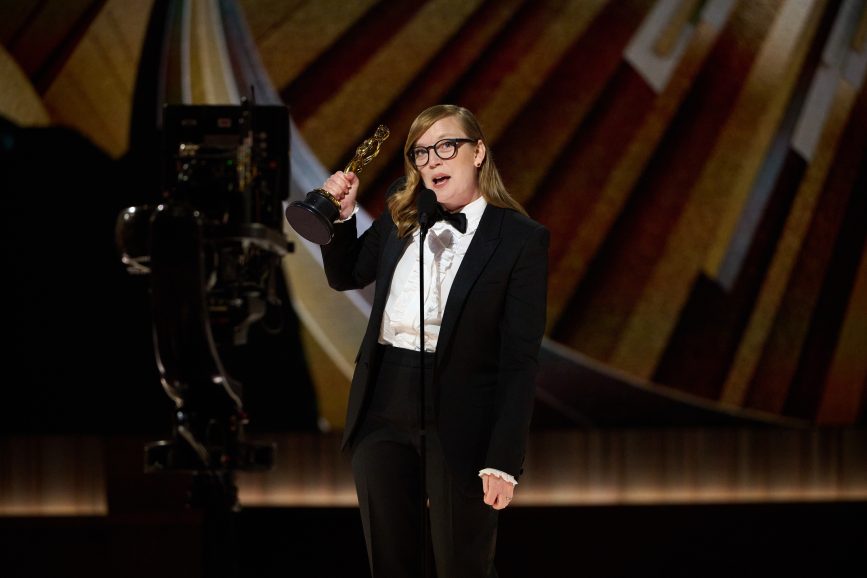
As far as the film’s look, Goldbeck mentioned that they did visit “Belgium, France, South Germany, you know, we visited national museums, we researched it. Only if you dig deep into what there was, then you can replicate it and that is what we tried to do… To beautify war would have been propaganda and we tried to make it as real as possible. And say something against nationalism, first of all. Not knowing,” he added, that there would actually be “a war coming after that”.
It wasn’t the only acknowledgement of the state of the world, amidst the night’s joy. Director Sarah Polley, who’d won a writing award for her adaptation of Women Talking, said: “We live in a world right now where we are kind of creating stories and then shaking our narratives at each other and cheering for a side, and, you know, conversations have become a sport as opposed to genuine exchange and listening… or being open to either changing one’s own mind or somebody else’s.” She contrasted that with the democratised approach this film took – soliciting contributions from cast and crew – adding it was an “organising principle, in a way, of what happens in the story. That really was contagious, and it really impacted the way we all worked, and that was a beautiful, very transformative thing for a lot of us.”
The same thing we all hope movies will be – awarded and otherwise – when we watch them.
